Paint Additives Size
Paint Additives Market Growth Projections and Opportunities
Paint additives constitute a crucial segment within the larger realm of the paint industry, influencing its quality, functionality, and market dynamics. These additives encompass a diverse range of substances integrated into paint formulations to enhance various properties, such as durability, appearance, and application characteristics. Market factors influencing paint additives span multiple dimensions, encompassing technological advancements, environmental regulations, consumer preferences, and industry innovations.
Technological advancements play a pivotal role in shaping the market for paint additives. Continuous research and development efforts lead to the introduction of novel additives designed to address specific paint performance requirements. For instance, the emergence of nanotechnology has brought forth nano-sized additives that enhance properties like scratch resistance and UV protection. Additionally, advancements in formulation techniques contribute to the development of additives that facilitate easier application and improved adhesion, catering to the evolving needs of both manufacturers and end-users.
Environmental regulations significantly impact the market dynamics of paint additives. With increasing awareness of environmental sustainability, regulatory bodies impose stringent guidelines aimed at reducing the use of harmful chemicals in paint formulations. This has spurred the demand for eco-friendly additives, such as low volatile organic compound (VOC) or biodegradable additives, aligning with the industry's shift towards greener and more sustainable practices. Manufacturers must continually adapt their formulations to comply with these evolving regulatory standards, influencing the market landscape.
Consumer preferences also drive the market for paint additives. Changing consumer tastes, influenced by factors like aesthetics, health consciousness, and functionality, steer the demand for specific additives. For instance, the rising preference for paints with antimicrobial properties, especially in healthcare and residential settings, fuels the demand for additives imparting antibacterial qualities. Similarly, consumers seeking paints with better resistance to weathering and fading drive the market for additives that enhance UV protection and color retention.
Industry innovations and collaborations contribute significantly to the market dynamics of paint additives. Collaborations between additive manufacturers and paint producers lead to the development of tailored additives catering to specific application requirements. Moreover, continuous innovation in additive formulations, spurred by competition and market demands, introduces new additives with improved functionalities, better performance, and cost-effectiveness. These innovations often disrupt the market, creating opportunities for novel additives to gain prominence and replace existing solutions.
The market factors influencing paint additives are multifaceted, and their interplay shapes the direction of the industry. Manufacturers navigate these factors by investing in research and development to create additives that meet regulatory standards, align with consumer preferences, and capitalize on technological advancements. Moreover, strategic partnerships and collaborations enable the exchange of expertise and resources, fostering innovation and driving the evolution of paint additives. As the industry continues to evolve, the market factors surrounding paint additives will continue to play a pivotal role in shaping their development, adoption, and market penetration.
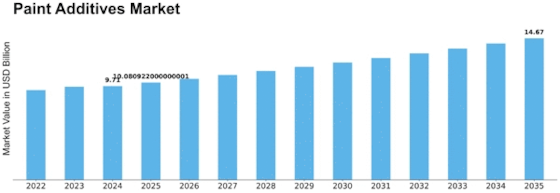

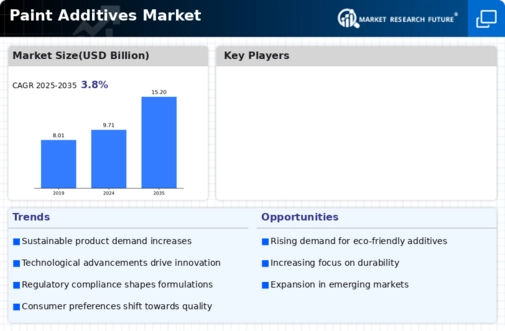
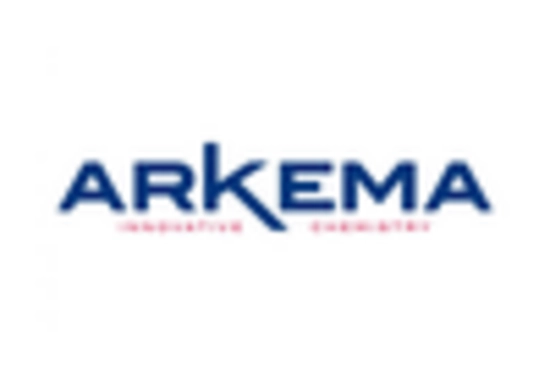

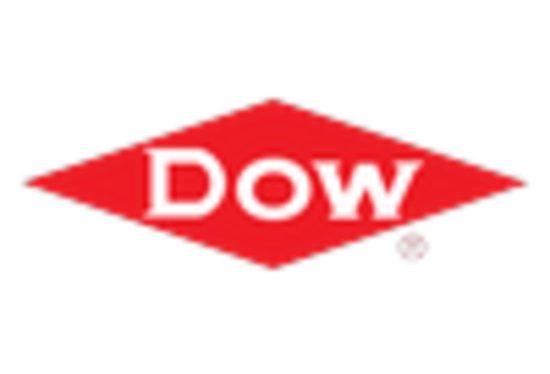
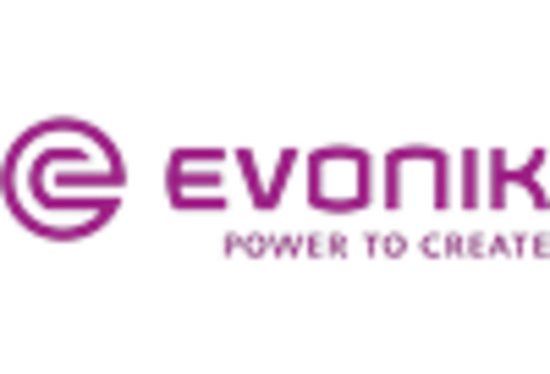

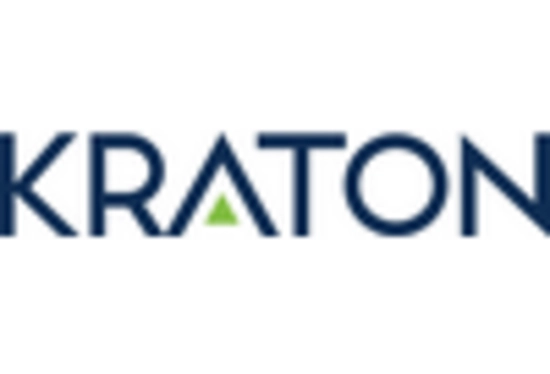

Leave a Comment